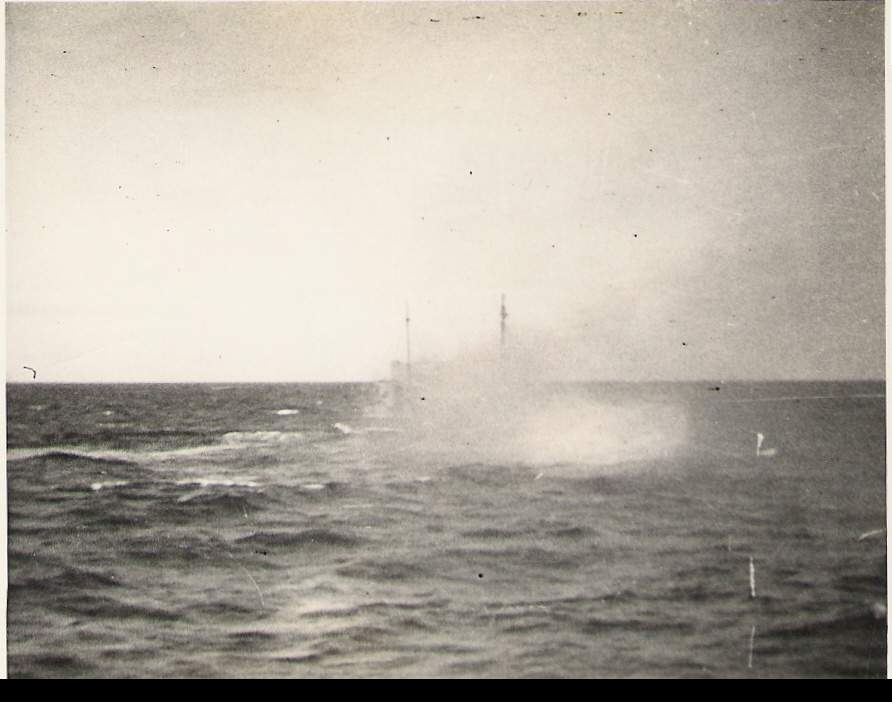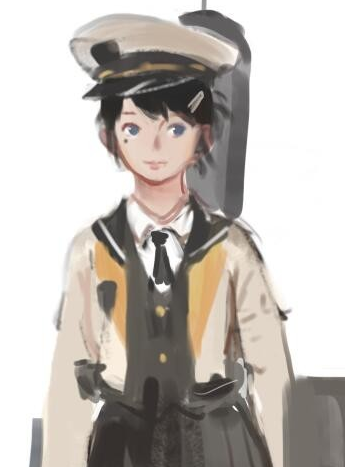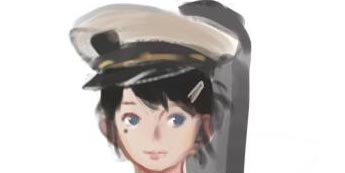Why even give publicity to trolls and armchair generals? That should have gone into the recycle bin, not a website article.
It’s just encouraging retards to email in the dumb shit. Stop trying to justify Pacific’s universe, and instead tell those goons to fuck off and create their own fanwork which conforms to their ideas.
I totally agree! See, questions like these are much better.
In one of Tautog’s silent corners you mentioned that U.S. Submarines were frequently used for scouting purposes as an actual part of their mission. How did this work? How would a submarine even take this kind of information in the first place?

I’m glad you asked. Let me refer you to a manual I have on hand. While the U.S. Navy was still figuring things out in 1942, you can get an idea of how reconnaissance worked by looking at a manual called “Current Submarine Doctrine.”
(Yeah, creative, I know. This is the Navy, after all!)
According to that manual, which was distributed to all submarine commanders…
Submarines are capable of performing three types of reconnaissance missions.
a). Visual reconnaissance through periscope,
b). Photographic reconnaissance through periscope,
c). Reconnaissance by landing party.
I think this list is pretty self-explanatory, but to elaborate slightly…
At the time, many Japanese fortifications were completely unknown. Some of our intelligence on say, the Carolines or the Marianas have been outdated for at least twenty or so years. So, naturally, it was the submarine’s job to figure out what they had. Shore guns. Harbor defenses. Military installations. Beachheads for amphibious attacks. That sort of thing.
(I also think this answers both of your questions. Submarines literally took pictures, or put guys on shore to take pictures. The commander then wrote down any additional notes that he might have thought would be important, and then ran away to safety.)
Now, you might be thinking. Why not just use air recon? Well, aerial reconnaissance has two problems. First, when you fly a plane over, the enemy know you’re scouting them. Secondly, an airplane is only in the area for limited amounts of time, and you can’t really check the accuracy or the orientation of your charts.
The submarine might be slower, but it can do both.
Now, about the cameras used? Those were jury-rigged. Navy has it on record that the Pompano was the first to run one of these reconnaissance missions, and it just so happens that Cmdr. Parks was an expert photographer. After figuring out just how to find a proper focal point, he managed to rig up a small camera on the scope. Two other boats – the Dolphin and the Tautog – followed.
In those super early days, everyone was still learning. The Pompano herself almost got sunk by none other than the U.S. Navy. While she was swimming along, a PBY patrol bomber saw her, thought she was Japanese, and came over to bomb her at 7 AM in the morning. The Pompano’s crew was rightfully confused, and noted in their report that this must have been from a different squadron than the Oahu-based ones since those weren’t scheduled to take off in this sector until much later.
Then this gem happened.

What happened was that the PBY pilots freaked out and called in help. Hours later, three SBDs flew over from the Enterprise and bombed her again. Lucky for the Pompano (and unlucky for the Enterprise pilots, or maybeI should say, lucky for them, too) she only suffered some mild damage in the form of a leaky tank.
Anyways, despite this, Pompano successfully completed her mission. Now, bear in mind that the quality of the photos might not be very high – they looked probably closer to something like below.

Nonetheless, it was good enough to get the important stuff, and submarines will continue to provide a lot of useful intelligence down the road. Years later, submarine reconnaissance would prove to be vital in places such as Tarawa, where the Nautilus would take pictures that would result in correcting a gigantic compass error from the British charts that we were using at the time.
As for the landing party stuff? I think you’ll wanna hear about some of the actual missions. They’re pretty thrilling. So I’m going to hold off here for now! Thanks for dropping by.








